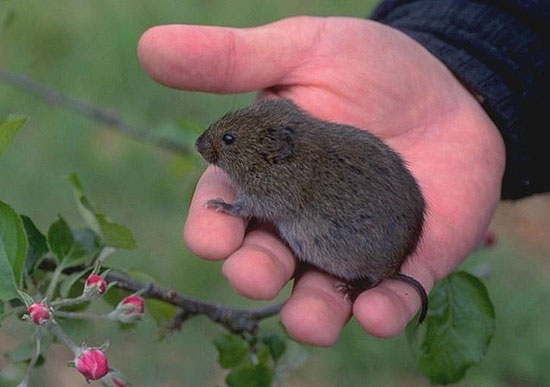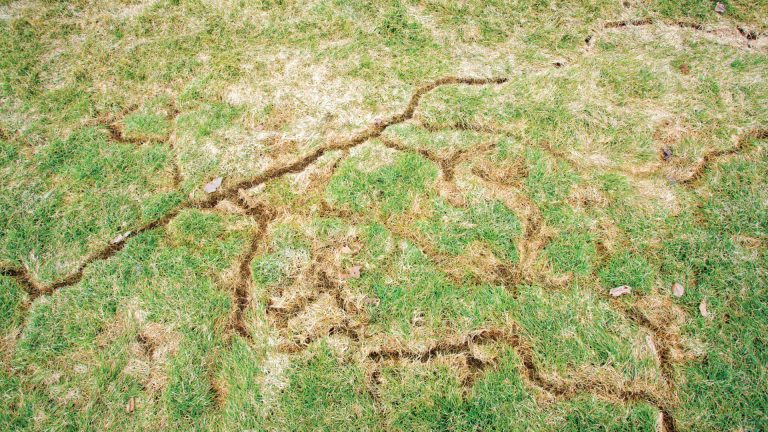Comprehensive Vole Pest Control Services in Utah
Comprehensive Vole Pest Control Services in Utah
Blog Article
Understanding Vole Parasite Control: In-depth Insights on Infestation Prevention and Treatment Techniques
By recognizing the refined indications of vole infestation early on, we can take aggressive actions to stop widespread damages. In this discussion, we will discover the nuances of vole behavior, delve right into the identification of infestation signs, and uncover the most effective prevention and therapy techniques.
Understanding Vole Habits
Taking a look at the foraging patterns of voles provides valuable understandings right into their habits and environment choices. Voles, small rats appearing like mice, are herbivores recognized for their underground tunneling tasks. By observing their foraging behavior, scientists can obtain a much better understanding of where voles prefer to establish their environments and the extent of their environmental influence. Voles are prolific dog breeders, with a single female qualified of producing a number of litters in a year, making it important to understand their behavior for efficient pest control techniques.
Research suggests that voles display selective feeding practices, liking seeds, origins, and tubers. This dietary preference affects their foraging patterns, leading them to locations abundant in plants and ground cover. In addition, voles are understood to create sophisticated passage systems for foraging and nesting objectives, suggesting a high degree of flexibility to their environments.
Understanding vole habits is vital for applying targeted bug control procedures that interrupt their environment preferences and foraging tasks (vole lawn damage). By researching their behavior, specialists can develop much more effective avoidance and treatment methods to take care of vole infestations

Identifying Signs of Vole Invasion
Vole invasions can be discovered by acknowledging details indications of their existence in an area. One of the most common indicators of a vole problem is the existence of surface area paths. Voles produce networks of narrow pathways on the ground that are normally about two inches broad. These runways are often discovered in grassy locations or beneath compost or ground cover where voles can move freely and look for food.
One more vital indicator of vole problem is the presence of little burrow openings in the ground. Voles dig superficial burrow systems with multiple entryways and leaves. These burrows function as sanctuary and nesting websites for the voles. Additionally, voles are understood to leave chewed plant stems, roots, and light bulbs near their burrow openings, indicating their feeding activity in the area.
Furthermore, vole droppings can likewise symbolize their visibility. Vole droppings are small, brown, and cylindrical in shape, appearing like grains of rice. Finding these droppings along runways or near burrow openings can verify a vole invasion. By being cautious for these signs, residential property proprietors can without delay address vole infestations and avoid additional damage.
Implementing Proactive Avoidance Actions

In addition, employing all-natural vole deterrents like castor oil-based repellents or predator urine can work as efficient safety nets. It is also suggested to frequently evaluate outside rooms for any indications of vole task, such as paths or burrow openings, to attend to possible infestations immediately. vole pest control. By embracing these aggressive prevention techniques, building owners can substantially lower the possibility of vole damage and preserve the health and aesthetic appeals of their landscapes
Reliable Therapy Strategies
Incorporating targeted trapping techniques and using authorized rodenticides are crucial parts of reliable therapy strategies for managing vole infestations. Trapping can be an efficient way to decrease vole populations, especially when placed strategically in their active runways. Snap catches and live catches can both work, with the last enabling the capture and moving of voles. When utilizing rodenticides, it is vital to adhere to security guidelines to avoid damage to non-target animals and pets. Place rodenticides in secure lure terminals to reduce risks to unintended targets. Additionally, habitat alteration, such as lowering ground cover and getting rid of sources of food, can help hinder voles from infesting a location. Routine monitoring and upkeep are likewise essential aspects of effective therapy techniques to ensure that vole populaces are maintained under control. By combining capturing, rodenticides, habitat modification, and regular tracking, efficient vole insect control can be achieved.
Monitoring and Upkeep Tips
Keeping an organized timetable for surveillance and performing regular maintenance activities is critical to sustain the efficiency of vole parasite control steps. Normal monitoring enables the very early detection of vole task, making it possible for prompt intervention prior to problems worsen. To properly check vole populaces, strategically put catches can be utilized in vole runways or near burrow entryways. By regularly checking these traps, building owners can evaluate the degree of vole task and change control techniques accordingly.
In addition, maintaining a well-kept and tidy landscape is essential in vole prevention. Clearing away debris, such as piles of wood or dense vegetation, eliminates possible vole environments. Consistently cutting and cutting lawns vegetation helps reduce vole hiding places and decreases their accessibility to food resources.
Moreover, continuous maintenance of physical obstacles, such as fencings or cable mesh, is important to stop vole intrusion. Evaluating and fixing any type of damages to these frameworks ensures that vole control stays reliable in safeguarding buildings from infestations. By including these tracking and maintenance techniques into a comprehensive vole parasite control strategy, individuals can properly handle vole populaces and protect their properties from damages.
Conclusion
Finally, grasping vole pest control needs a solid understanding of vole habits, the ability to recognize signs of problem, carrying out proactive prevention procedures, effective treatment methods, and regular tracking and maintenance. By taking a comprehensive approach to vole control, people can successfully handle and stop infestations, inevitably protecting their building and surrounding setting from damage triggered by these tiny rats.
In this discussion, we will check out the subtleties of vole habits, dive right into the identification of invasion indications, and uncover the most effective prevention and therapy approaches.Incorporating targeted capturing approaches and making use of approved rodenticides are necessary parts of effective treatment methods for taking care of vole problems. To effectively keep track of vole populaces, purposefully positioned catches can be utilized in vole runways or near burrow entrances. Examining and repairing any type of problems to these frameworks makes certain that vole control continues to be reliable in safeguarding homes from invasions. By integrating these surveillance and upkeep methods right into a detailed vole bug control strategy, people can successfully handle vole populations and safeguard their residential properties from damages.
Report this page